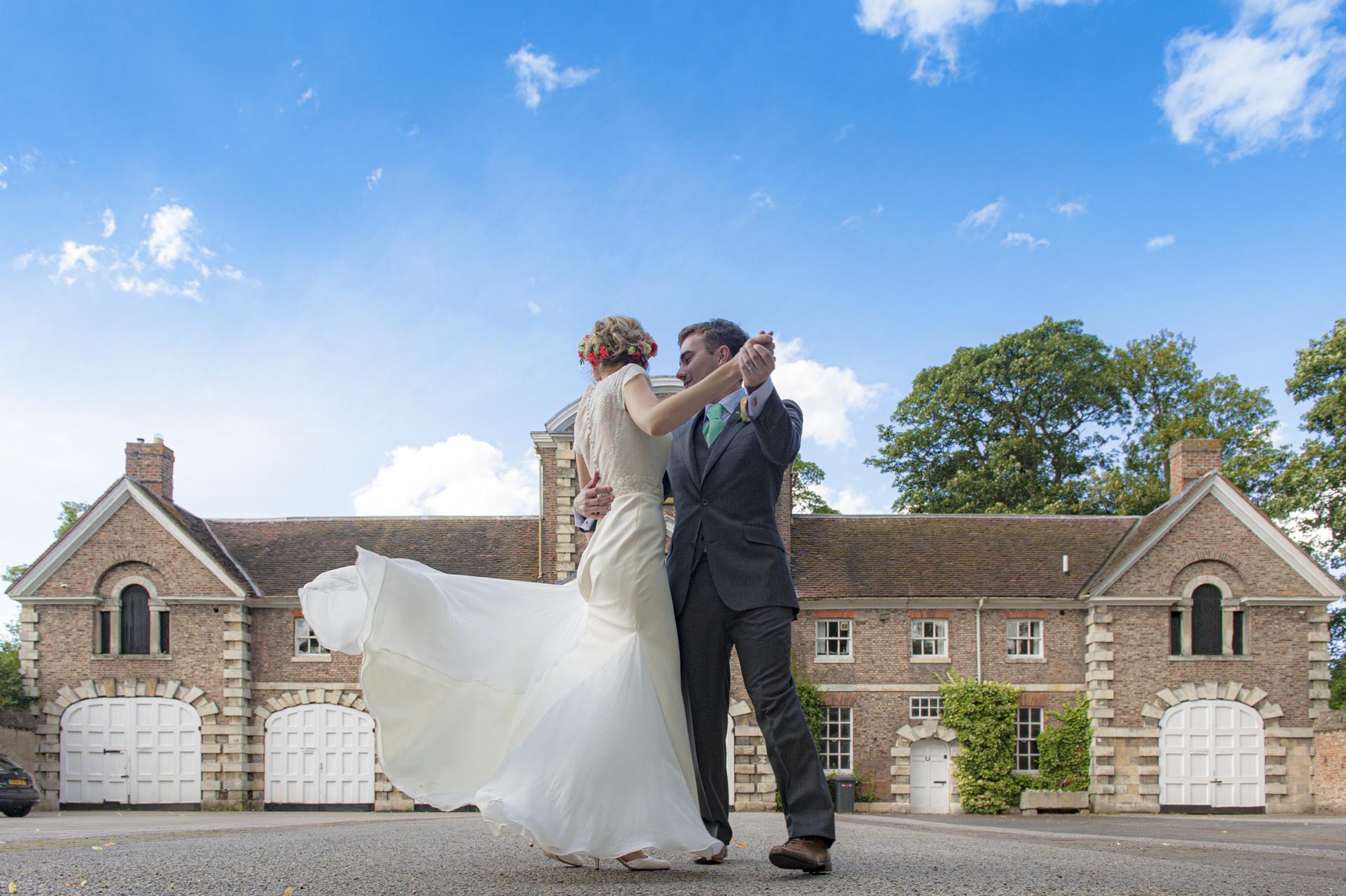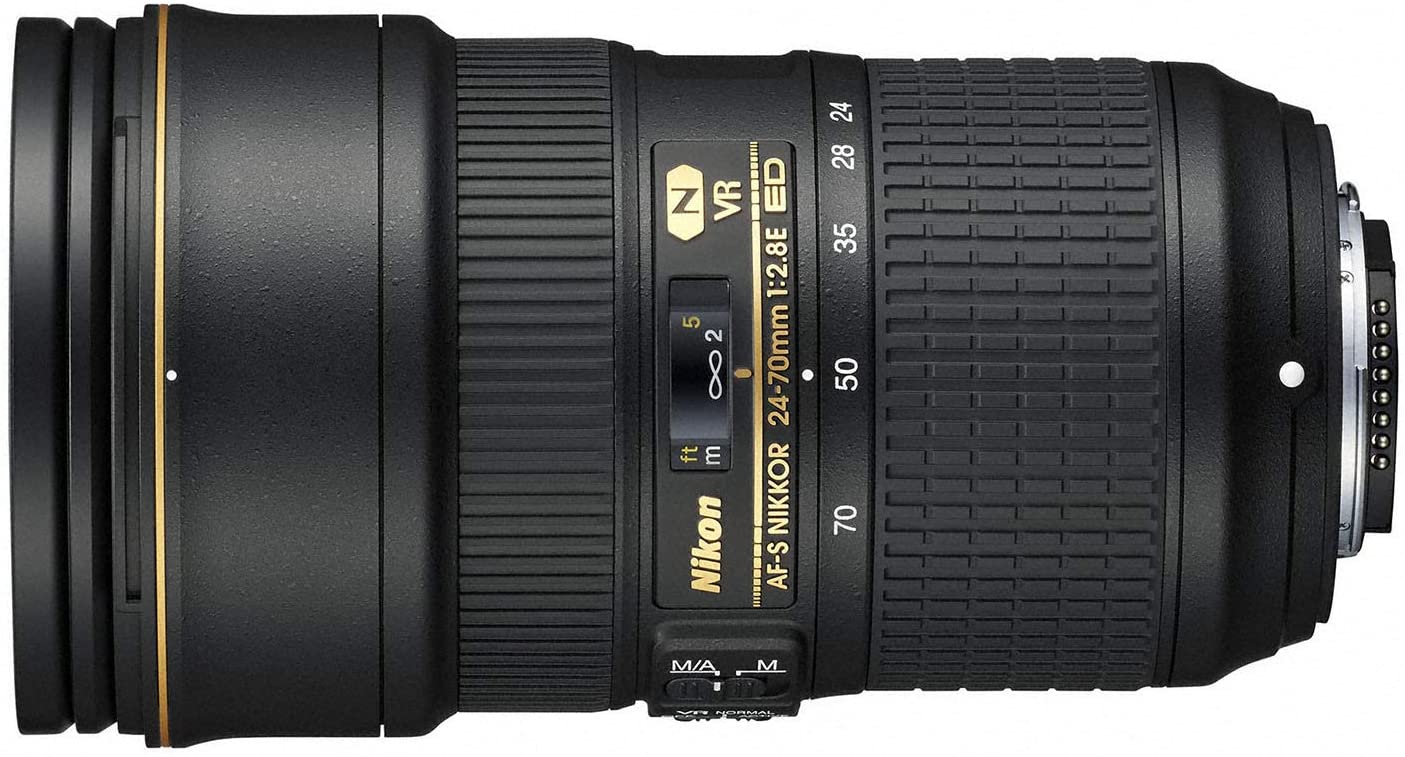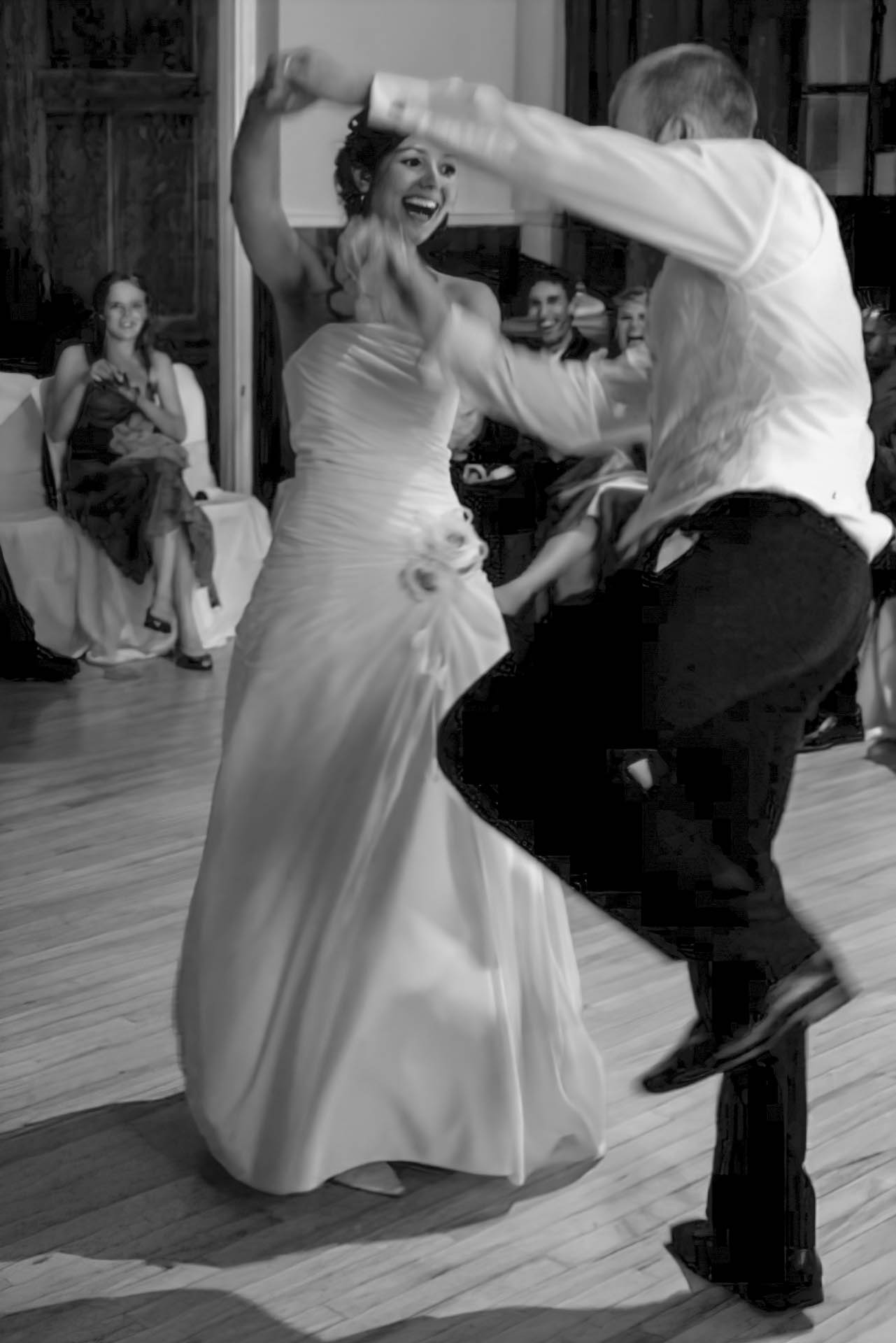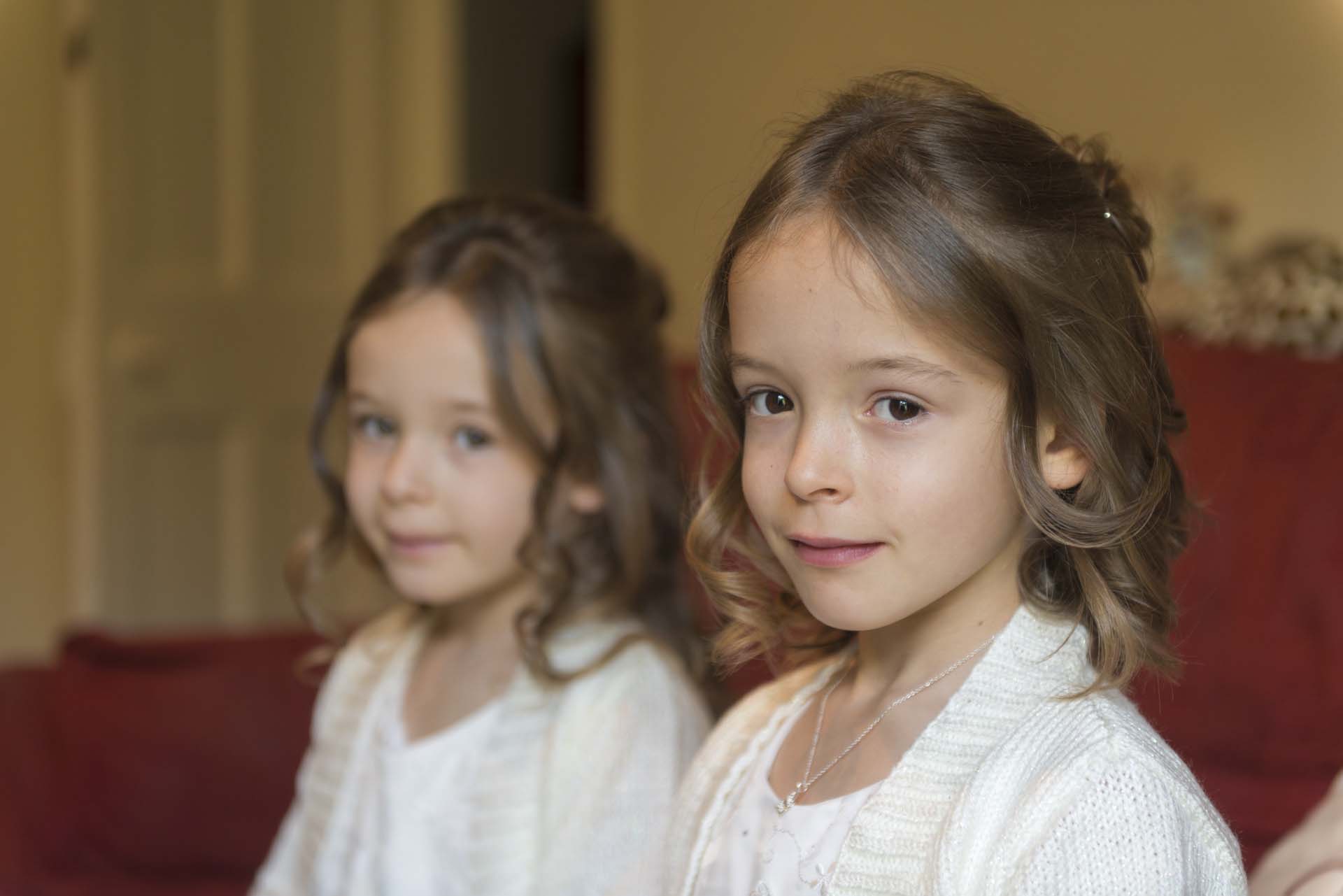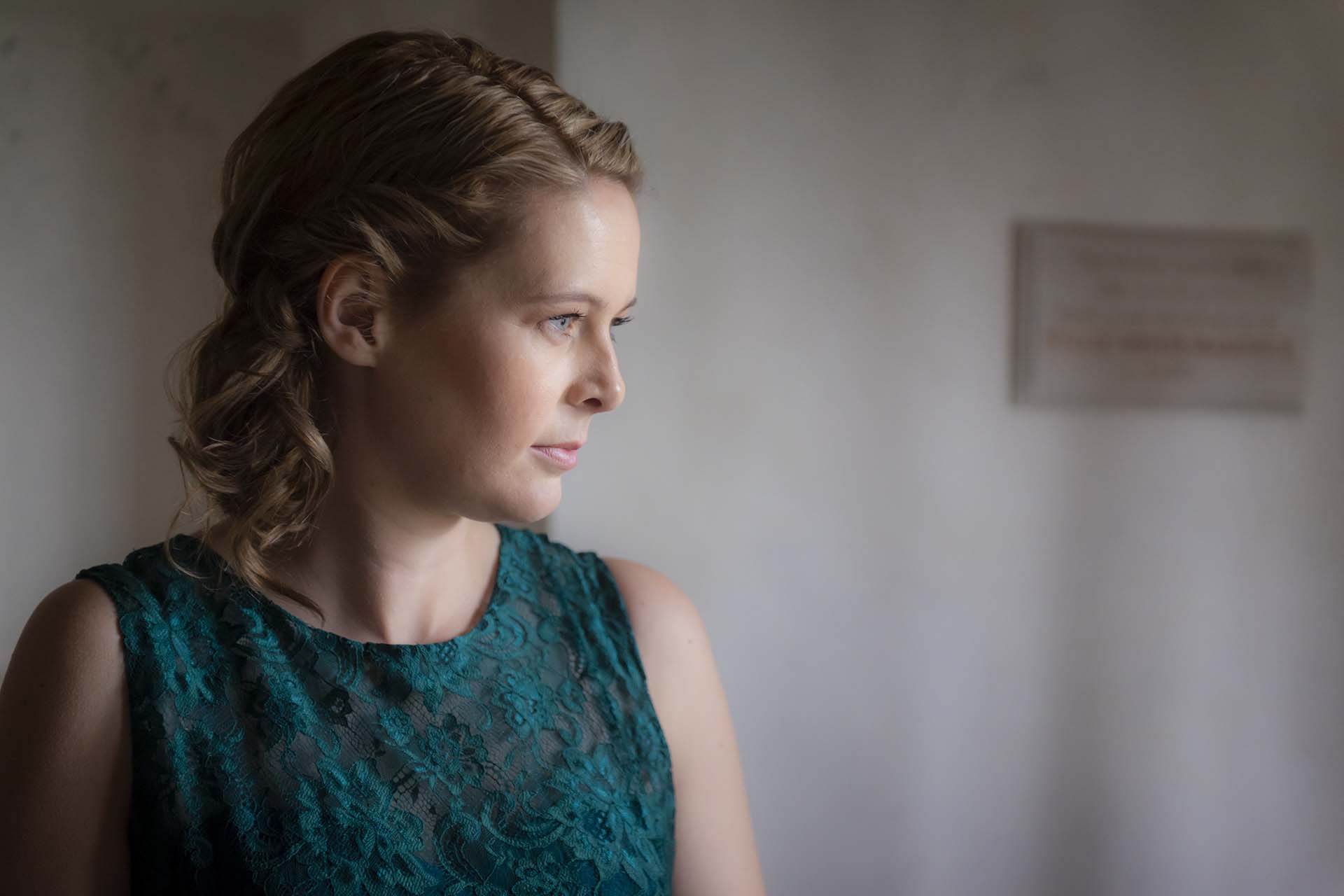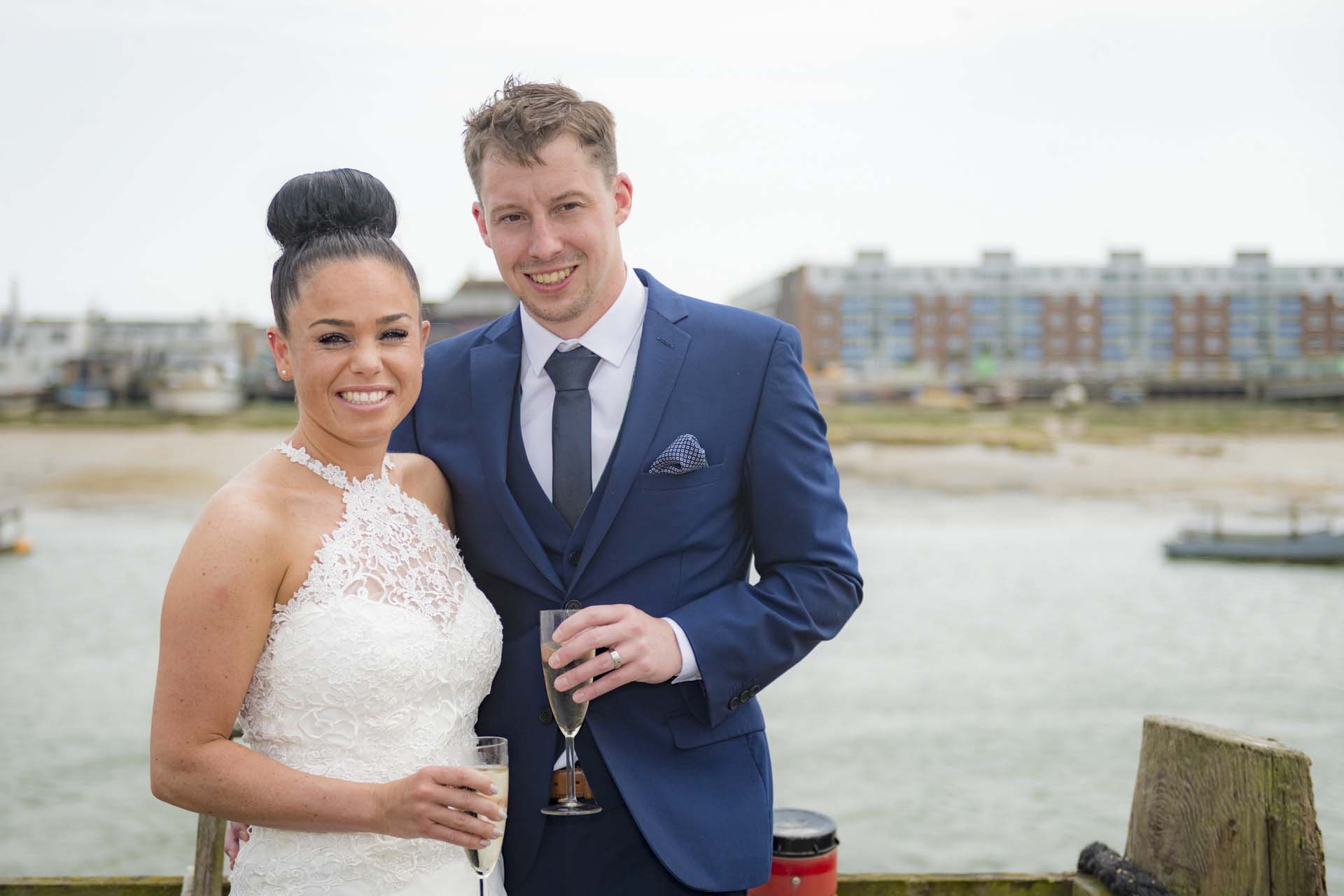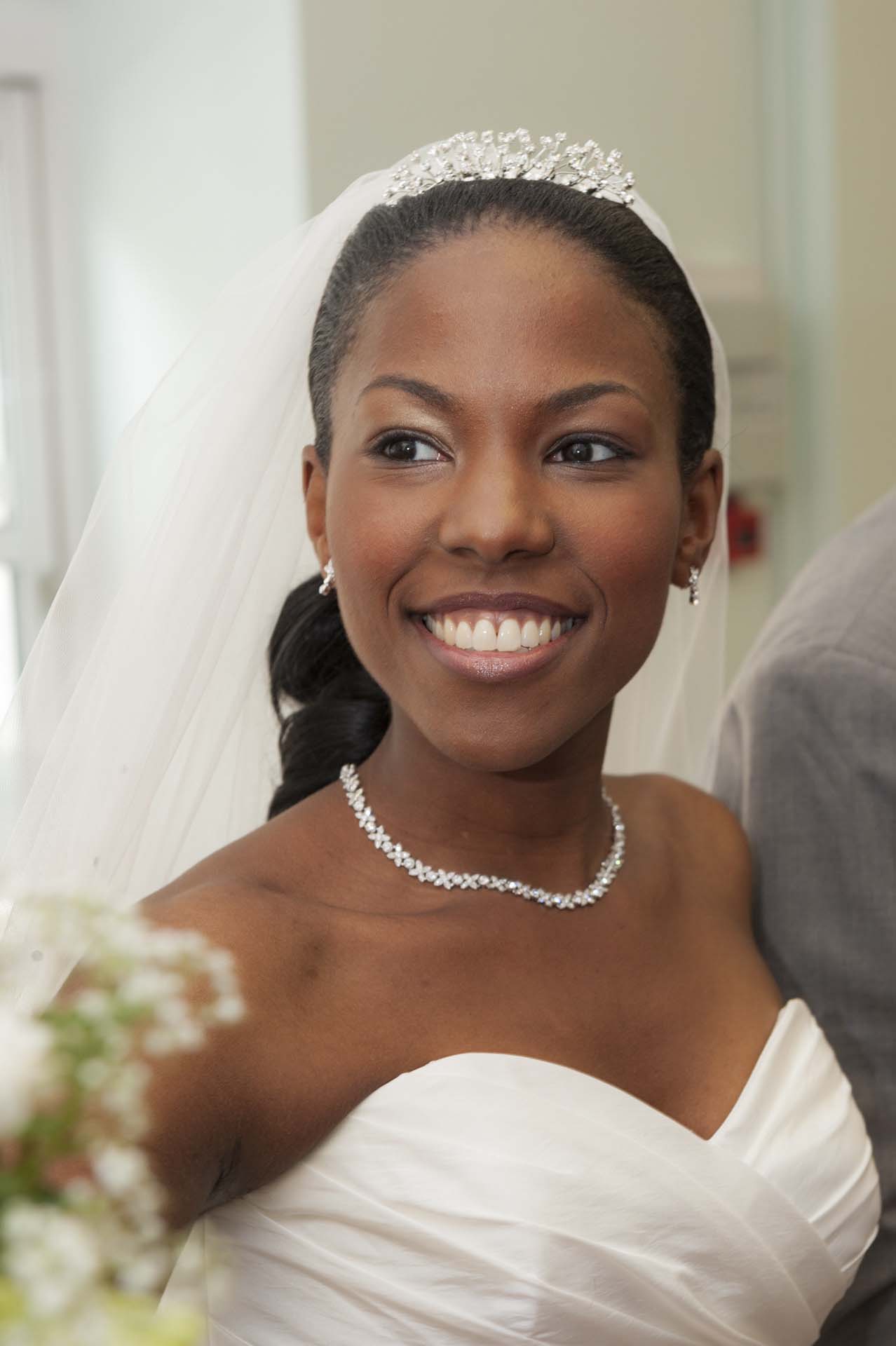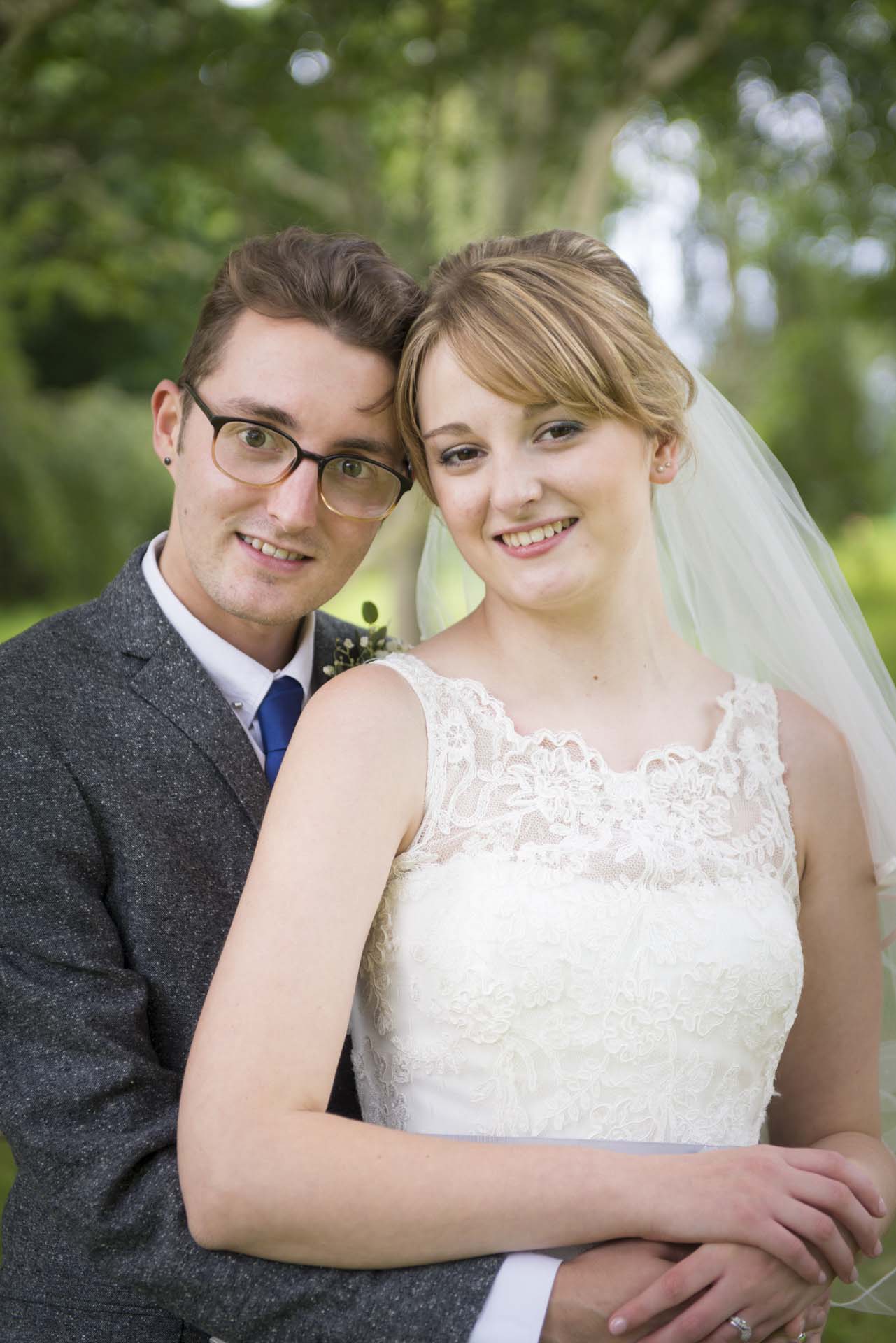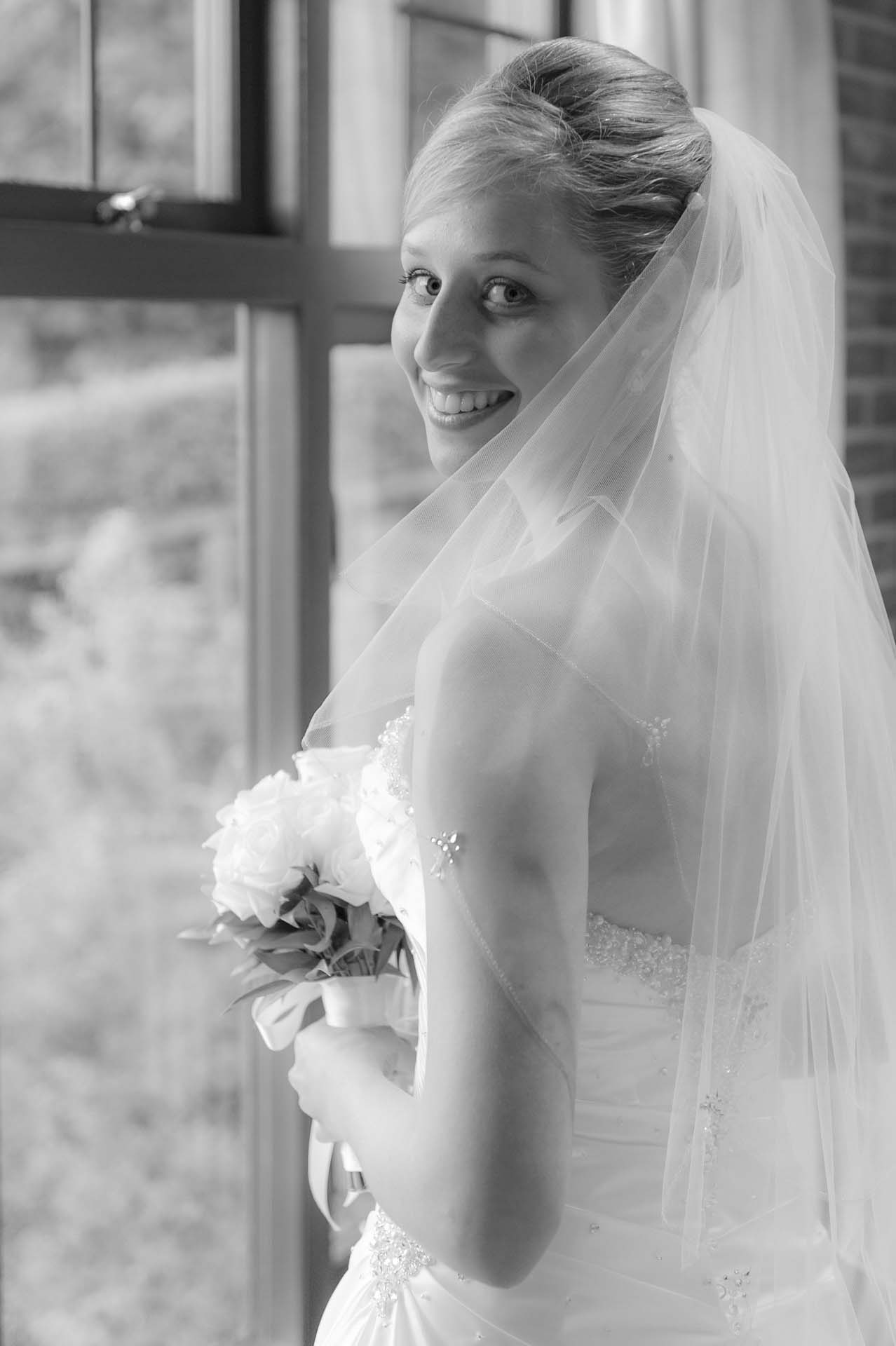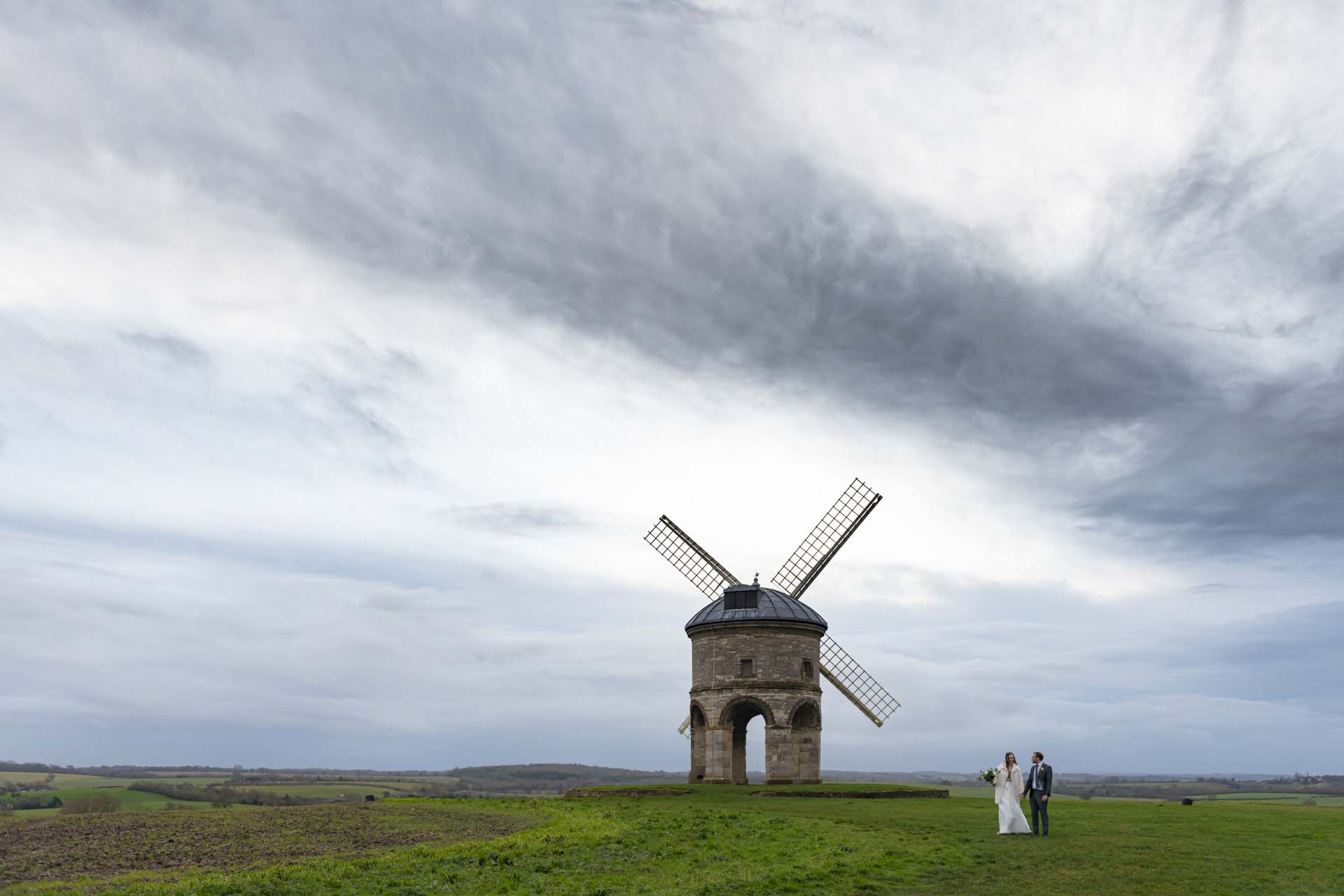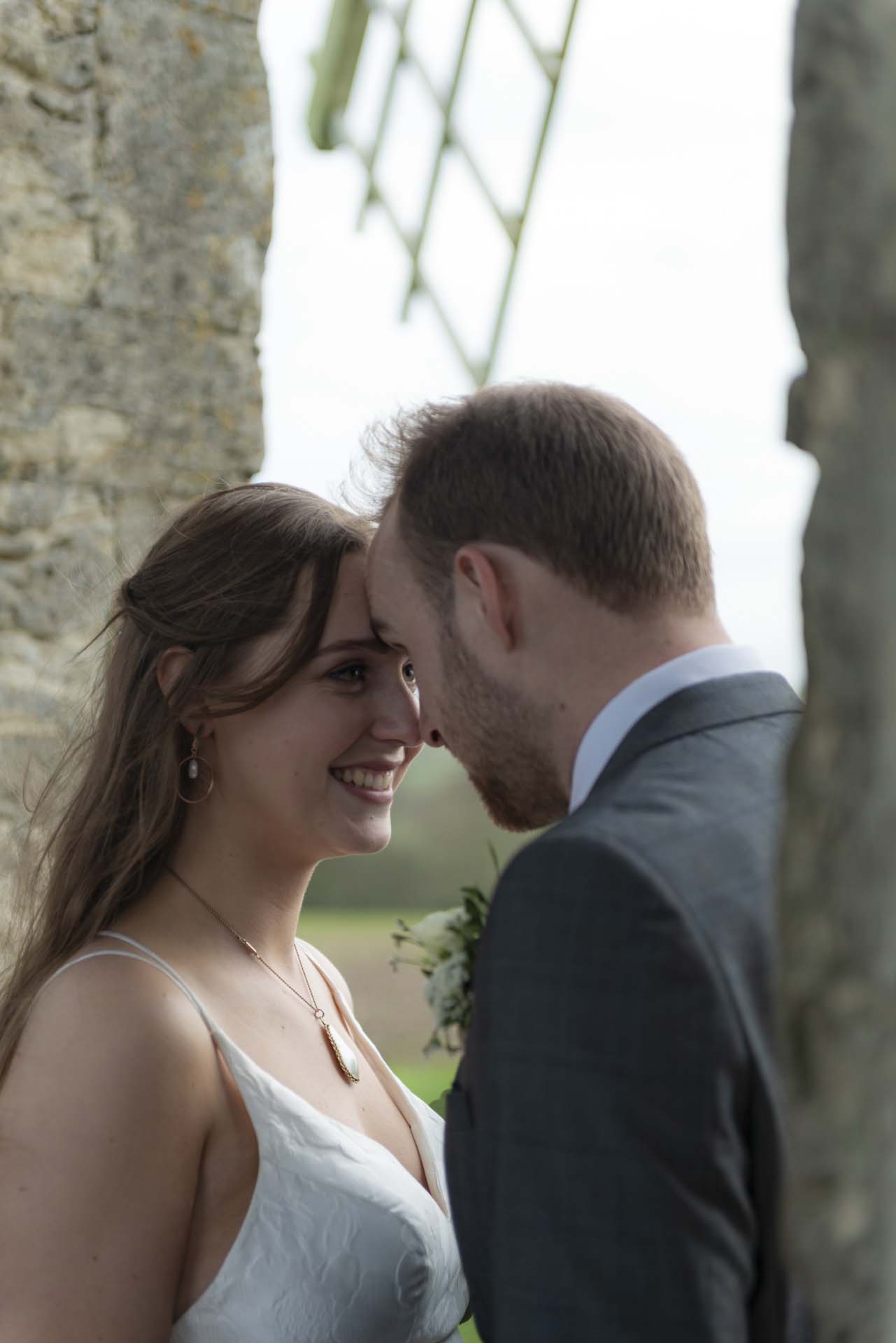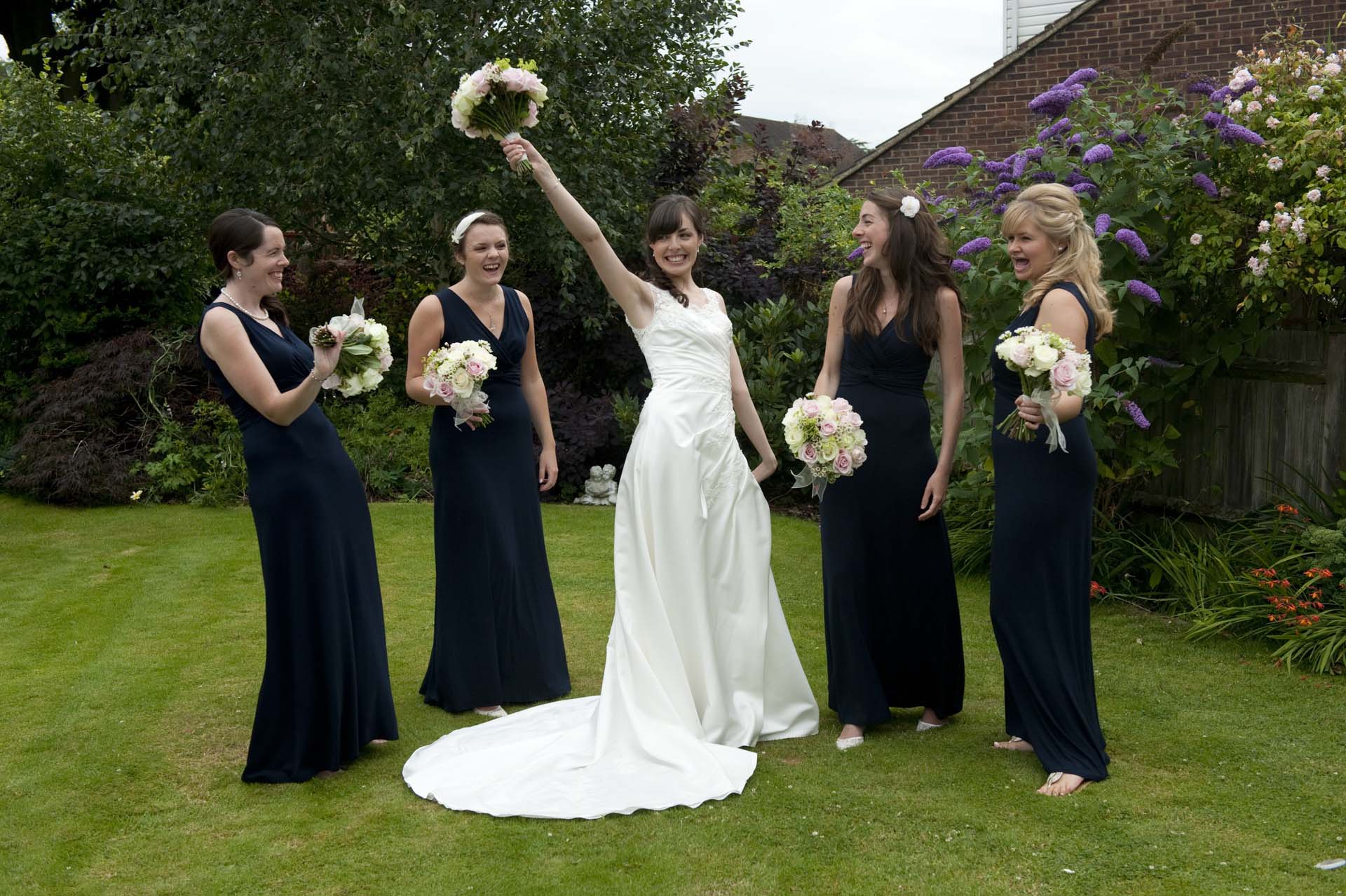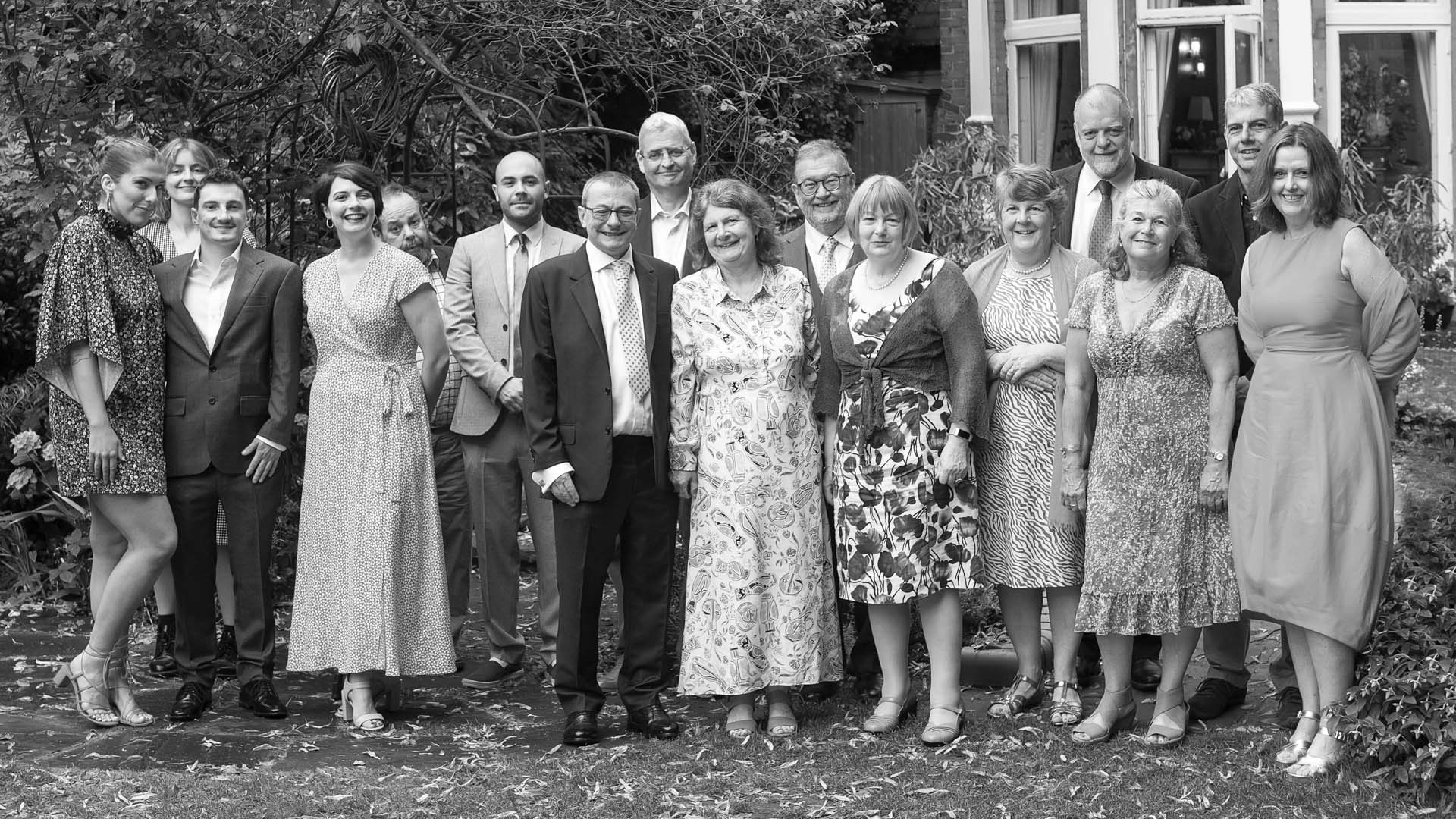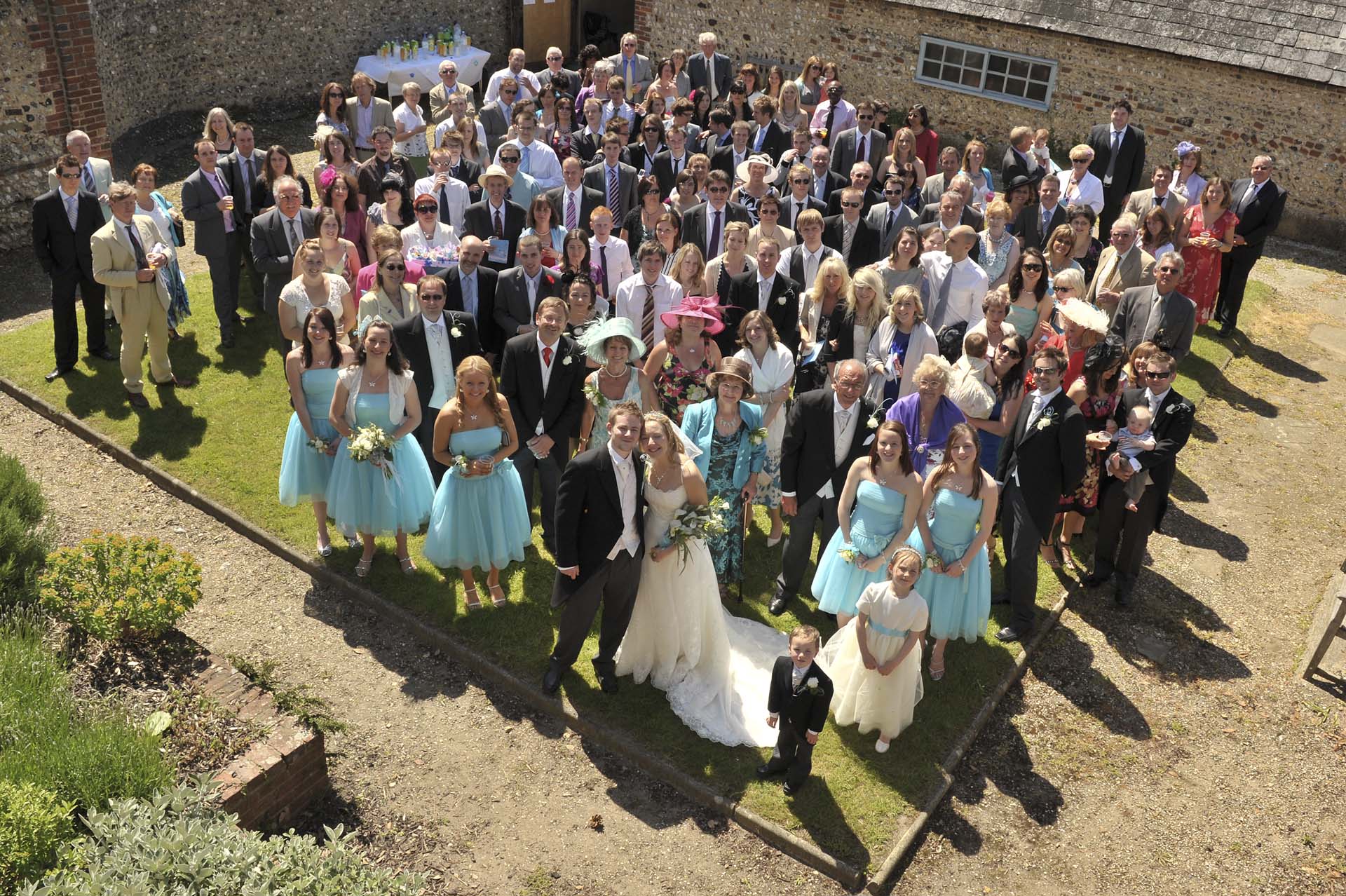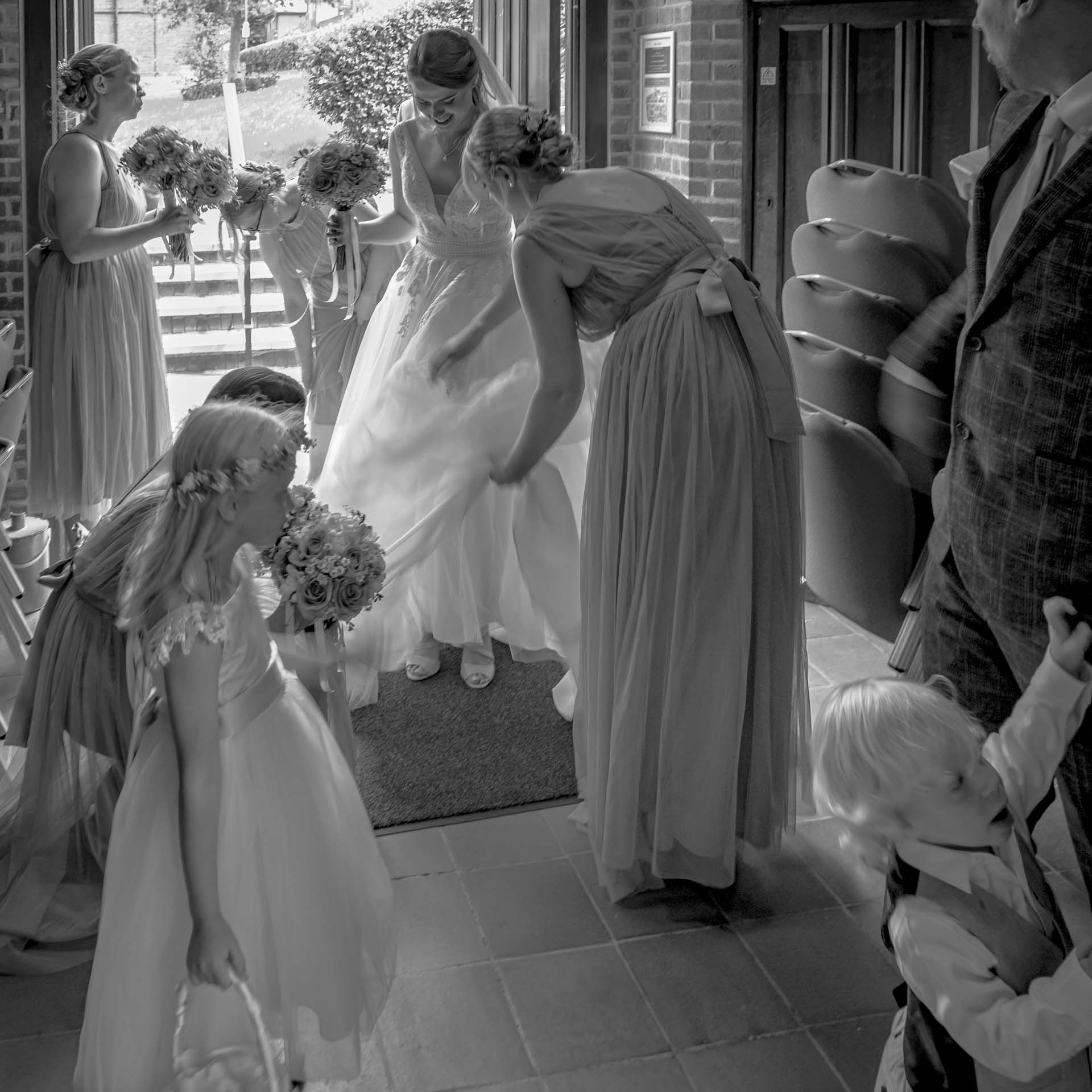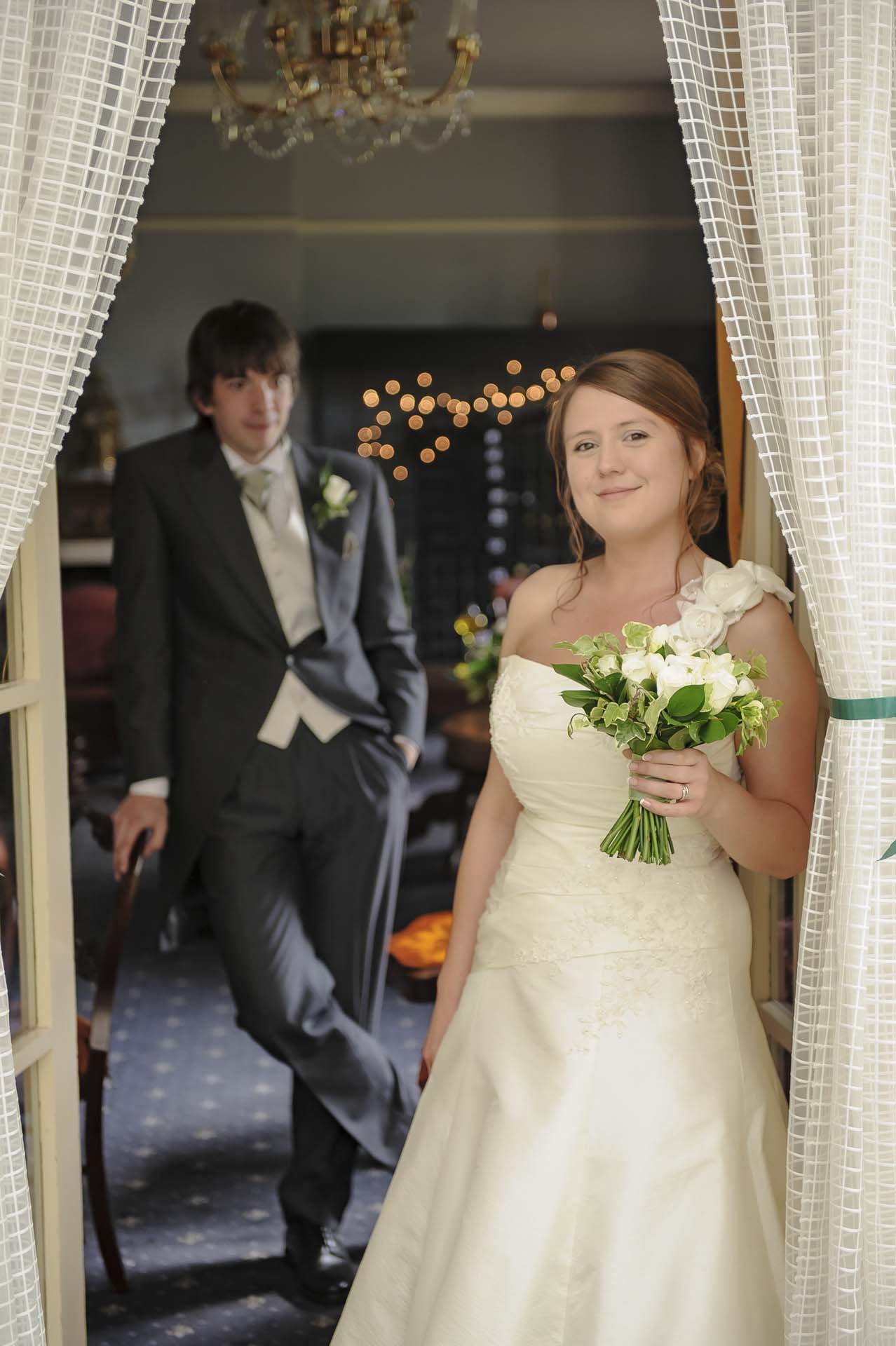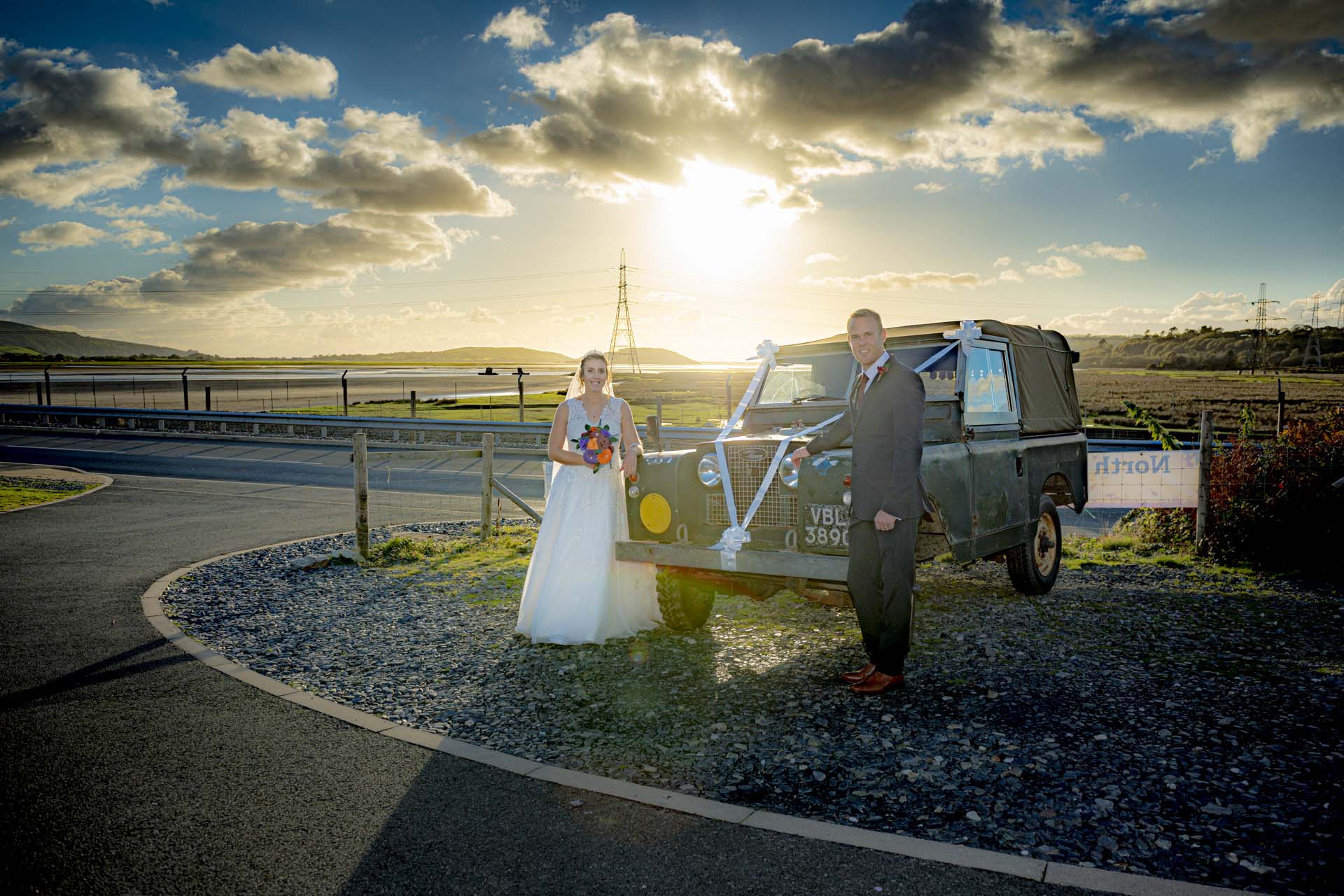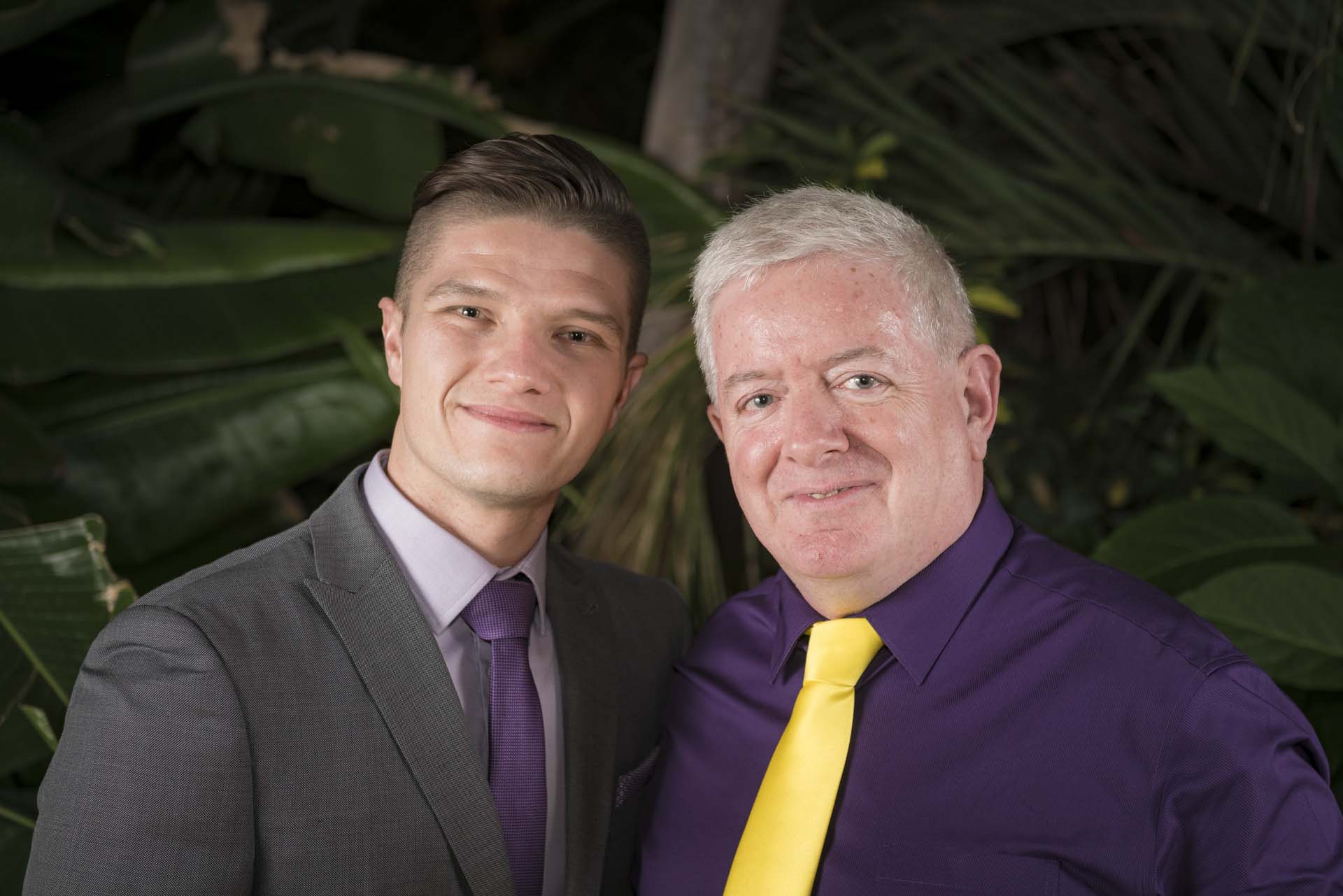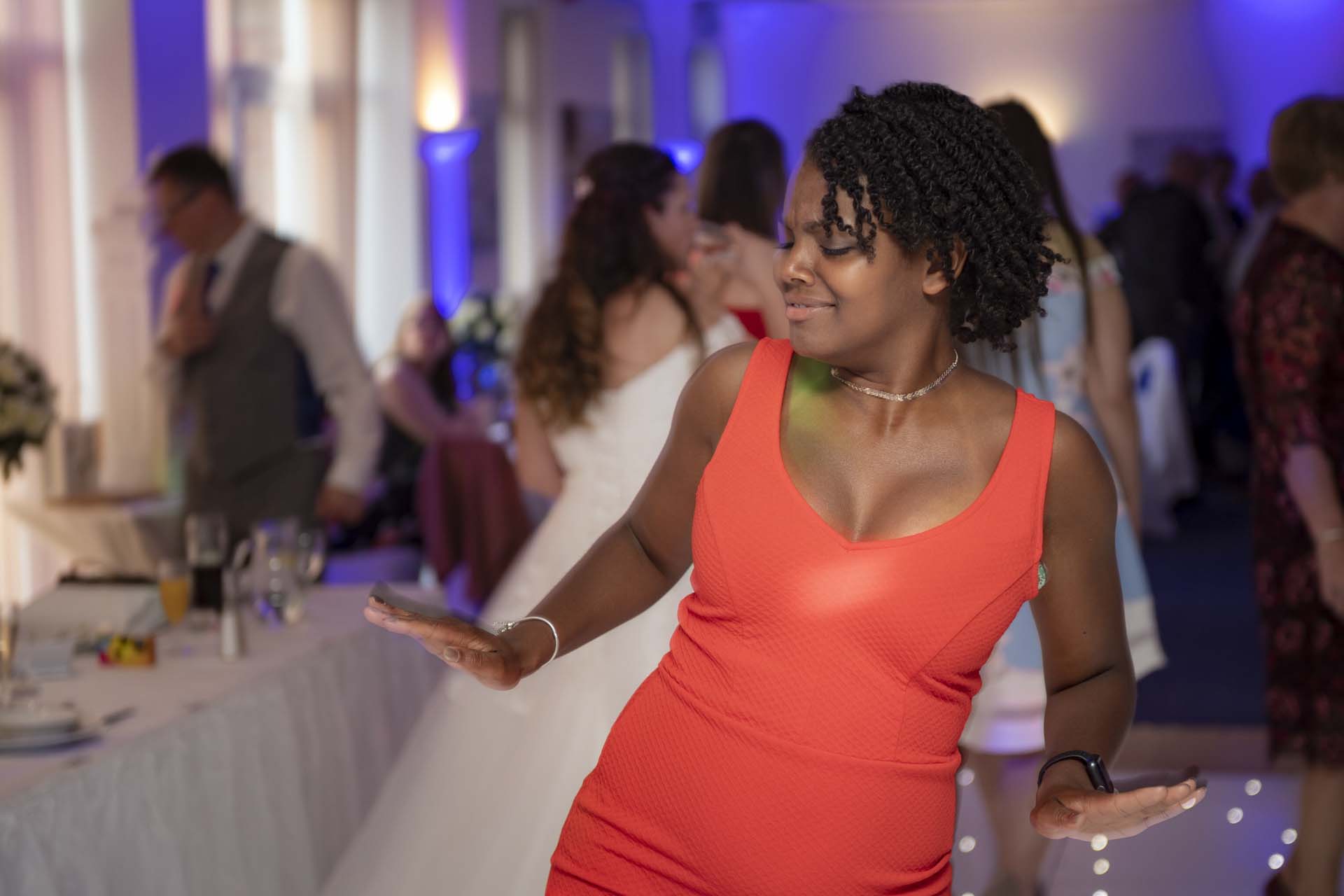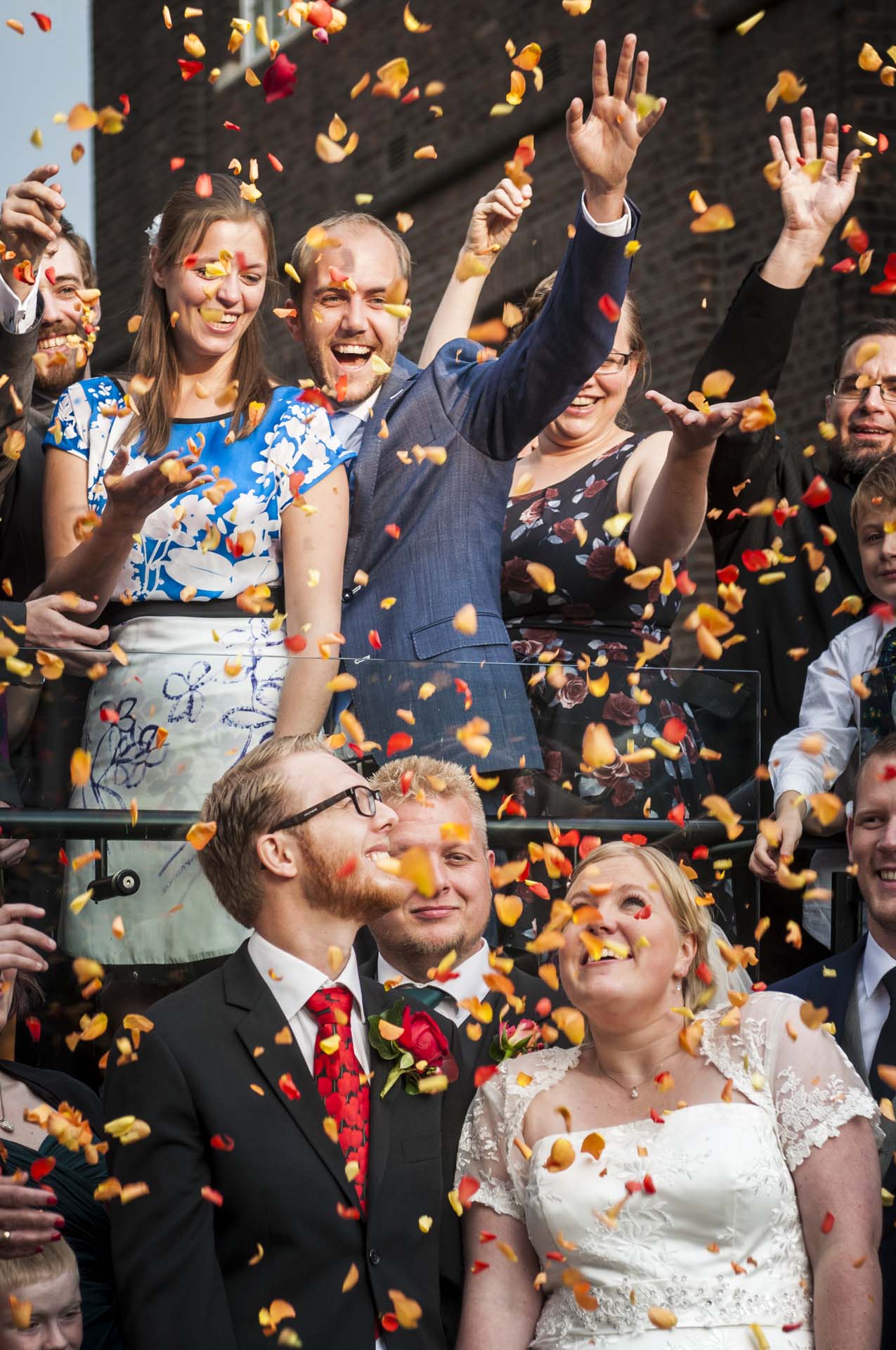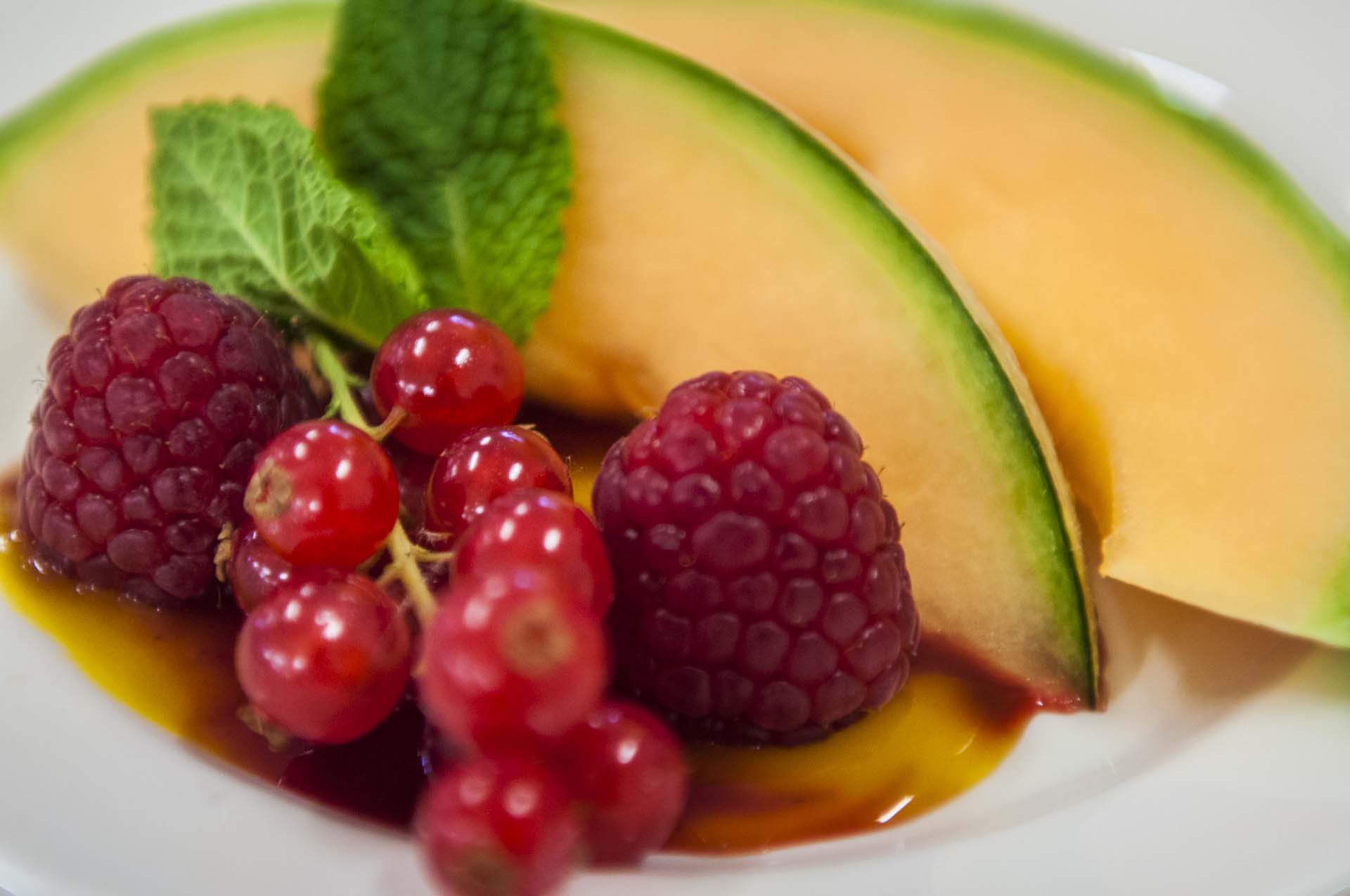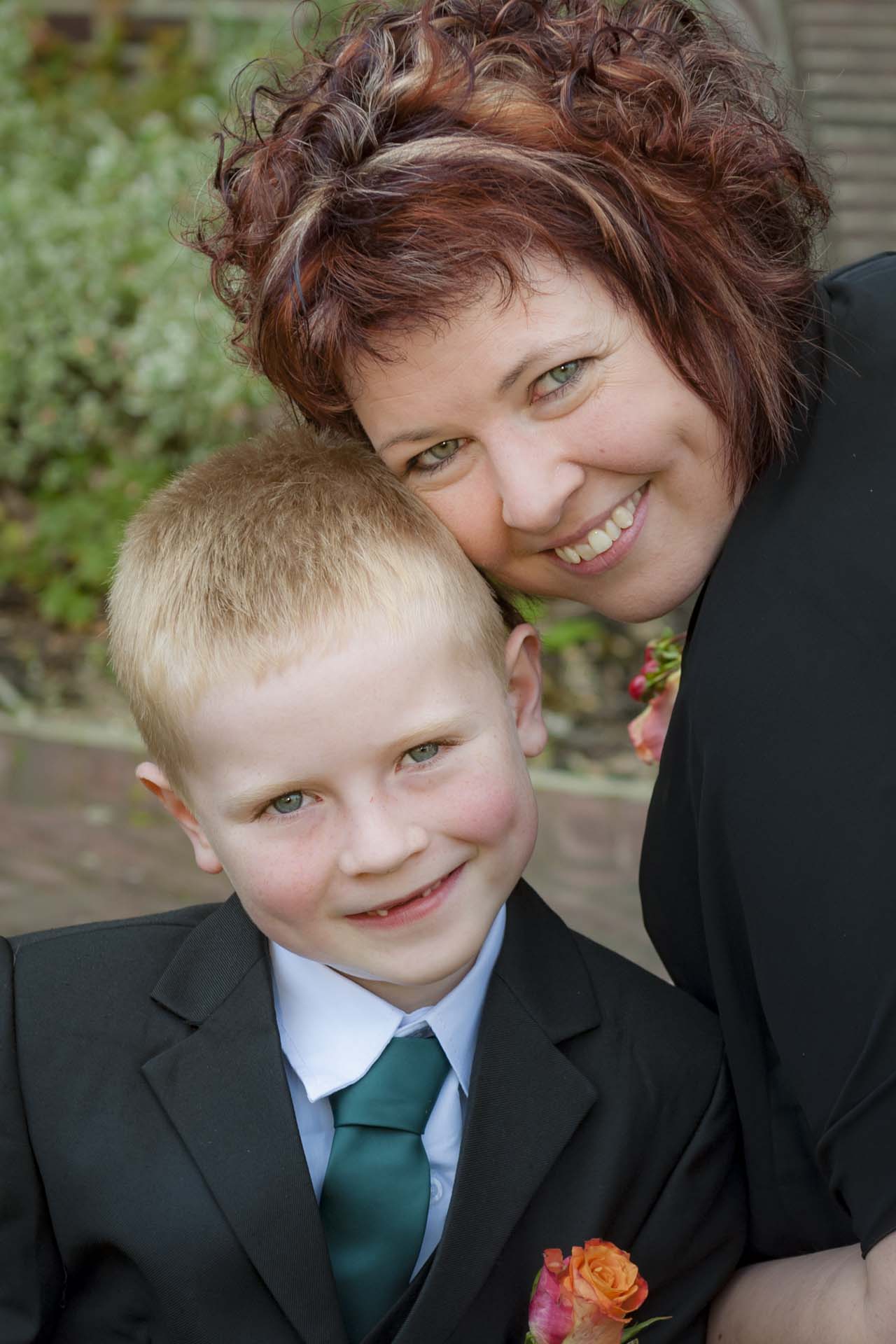A wedding photographer's tools: The 24-70mm lens
A bad workman blames his tools – but a good workman buys good tools! So it is with wedding photographers. In this occasional series I want to look at some of the key lenses that form my wedding photography toolkit.
Today, the 24-70mm zoom. I own two copies of the same lens – the f2.8, Nikon F-mount, non-VR version that must have been one of Nikon’s biggest sellers for years and years. These days there is the Nikon Z-mount version too, and Canon have the equivalents in the EF and RF ranges. Sony and Panasonic have versions too, all at f2.8, and you can repeat the story again at the cheaper (and lighter!) f4 aperture. Why is this THE lens that no manufacturer can afford to skip?
My cousin Tim took this photo of my daughter and her husband dancing at their wedding. My reaction, thinking about photo gear was to say, “I want the lens that took THAT!” It was the Nikkor 24-70 2.8, and that was the lens that Tim’s dad bought for me. Thank you, Phil!
Nikon D3 – Nikkor 24-70 2.8 – other data not known to me
When I started earning money with a camera, set up in the business by my cousin, this was the lens I wanted. I certainly wasn’t wrong, and yet I immediately felt frustrated with the zoom range. I came to DSLR photography from a digital superzoom compact. I was used to a very sharp lens that did the equivalent of 35mm to 400mm at a steady aperture of f2.8 – my old Lumix FZ20 was a remarkable camera, and this heavy Nikon lens felt incredibly constraining. I quickly set about getting other lenses…
But time has gone by and I have learned. It is simply impossible to make a 24-400 f2.8 for a full frame camera – or if you could, you would need to remortgage your house and put up with some very heavy lifting. The 24-70 does an amazing job in a crucial zoom range, and that is what makes it stand out. When I analyse my lens usage at different weddings, this lens is almost always the one that does the most work. It may have seemed frustrating back then, and it may still seem rather everyday compared to funkier lenses that do more extreme things, but this lens is my bread and butter. Very often, I take twice as many pictures with this as with any other lens, and it is only occasionally beaten into second place because of odd circumstances (like social distancing!).
At our last London wedding Sarah and I took over 1300 images using a 24-70. The next lens down was the 70-200mm, with 749 photos. It was a big wedding (no Covid restrictions!) and we worked a long day. We used eight lenses in the end, but only two others saw over 100 shots.
Although not all weddings are quite so 24-70 heavy, that day was pretty typical. What makes this lens so essential?
This article is not a comparative review of the different 24-70 makes and models. You have DPReview for that! This is a celebration of what all of them, bounded by the same basic physics and optics, can do for a wedding photographer. All photos shown here were taken with the same lens – the actual focal lengths and other data are given for each shot.
The focal lengths from 24-70mm take you from all but the widest group shots
through to portraits of the couple.
The range 24-70mm on a full-frame (35mm) sensor takes you from all but the widest group shots (unless you are very confined for space) through to portraits of the couple. In fact, for a vertical, head to waist, shot of a bride and groom, you could argue that 70mm is the perfect focal length.
On her father’s arm, about to go in – and hardly any nervousness visible!
Nikon D700 62.0mm f5.0 1/60 ISO450
A Romford wedding – full case study here
A typical bride and groom tight-cropped portrait at the long end of the 24-70 range. Working fairly close in, the depth of field at f2.8 gives us good focus on the bride and groom’s faces and most of their clothing, but is already dropping off at his further shoulder, with the background a pleasing blur
Nikon D800 70mm f2.8 1/80 ISO100
A Cuckfield, West Sussex Wedding
A rainy day at the National Golf Course. The bride was just waiting for the groom before going into the reception, and she happened to look back over her shoulder at me. The indoor lighting colour was a poor clash with the cool light of the window, so black and white looks best
Nikon D700 48mm f2.8 1/80 ISO400
A Caterham, Surrey, Wedding
The 24-70mm lens is, of course, the master of group work. Unless space is very constricted, I do almost all my wedding groups with this lens, only swapping to something wider if the crowd is huge or if I really can’t move. I tend to stop down enough to make sure of front to back focus. Make sure you don’t inadvertently put your single point focus spot on the trees at the back – the Group setting on more recent bodies helps to avoid that problem.
Three favourites, some with challenging light…
This shot is a jumble of activity! It had horrendous lighting (very bright outside, with everyone in deep shadow, and I was avoiding using flash) but I really like it. In processing the deep shadows and mixture of light colours made black and white the safer choice
Nikon D5 24mm f5.6 1/25 ISO220
London, Camberwell, Wedding
With physically big lenses, and especially with their hoods on, you have to watch for shadows formed if you use flash on the camera. But then, you are very likely not going to be using flash on the camear to point straight at your subject anyway.
Finally, three odd ones. The 24-70 lens is a very different beast when you put it on a crop-sensor camera. Suddenly you have a portrait-oriented set-up in your hands. Given my love for tightly-cropped portraits, and for longer length lenses in general, I really enjoy using the full-frame 24-70 on a Nikon DX body. In our case that means our old D90 – one of the few real classic cameras of the digital era.
You may say, “couldn’t a good set of prime lenses do the job just as well or better?” At one level, they could, and I have prime lenses that cover the same range. They have bigger apertures too. BUT…
1) for the bulk of the wedding photography shown here, you don’t want super-wide apertures because you need some depth of field to hold your subject properly
2) the “sharpness advantage” of primes over zooms disappears when you use lenses as good as the ones I have been writing about in this chapter – all the big manufacturers have tack-sharp zooms on offer
3) being ready for the next shot is the name of the game. The 24-70 keeps you ready more of the time. Fiddling with your 24, your 35, your 50 and your 80mm primes will not.
For a further article showing the usefulness of this lens, check out the blog on shooting wedding groups. The preponderance of shots taken with a 24-70 speaks for itself.
What if a 24-70 2.8 is beyond your budget? They ARE expensive – the current Nikon F-mount version is over £1500 new, and the mirrorless even more. What are the options?
- Look at secondhand. With the rush to mirrorless, there are DSLR bargains to be had. For guarantee and peace of mind, it is good to look at decent dealers – I use MPB a lot.
- Be ready to settle for a smaller aperture for the moment. There are f4 versions – only one stop slower, and lighter to carry!
- Get a 24mm and a 50mm prime and walk more!
That’s all for this week – I will look at another lens in a month or so!
To contact me to enquire about my wedding photography use my Contact Form or just text (07983 787889) or email me at Andrew@AndrewKingPhotography.co.uk
Photos © copyright Andrew King Photography, except for those marked as being by Timothy Harman Photography – Tim holds the copyright

